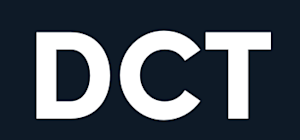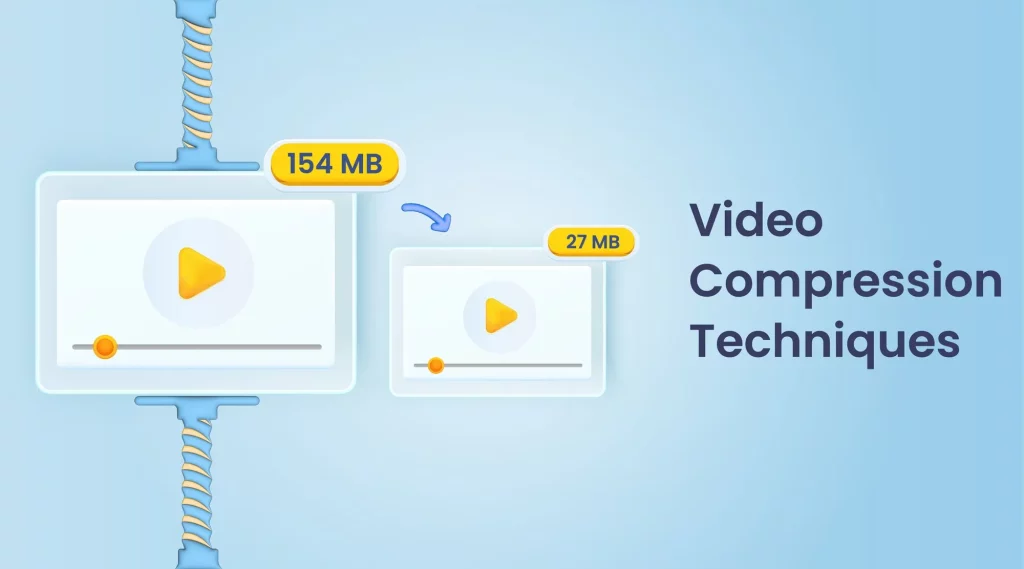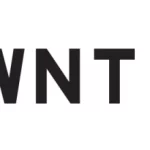DCT

Understanding DCT in IPTV: A Comprehensive Guide to Digital Compression Techniques
Introduction
In the domain of Internet Protocol Television (IPTV), Digital Compression Techniques (DCT) are indispensable for efficient video delivery. These techniques significantly reduce the size of video files while maintaining quality. Moreover, they ensure smooth streaming experiences for viewers across various devices. This article aims to provide a comprehensive overview of Digital compression techniques in IPTV, covering its definition, significance, and application.
What is DCT in IPTV?
Digital Compression Techniques (DCT) reduce video file sizes while preserving visual quality. IPTV relies on DCT for seamless streaming and optimized bandwidth usage. Additionally, DCT facilitates efficient transmission of high-quality video content over the internet, benefiting both providers and users.

Significance of DCT in IPTV
- Bandwidth Optimization: DCT allows IPTV providers to transmit high-quality video content using less bandwidth, enabling smoother streaming experiences for users.
- Improved Efficiency: By compressing video files, DCT optimizes storage and transmission resources, making IPTV services more cost-effective and scalable.
- Enhanced User Experience: With DCT, IPTV viewers can enjoy high-definition video content without experiencing buffering or playback issues, resulting in a more satisfying streaming experience.
Types of DCT
- Discrete Cosine Transform (DCT): The most commonly used DCT method in IPTV, it converts spatial data into frequency domain coefficients, facilitating efficient compression.
- Wavelet Transform: Another popular DCT technique, wavelet transform analyzes and compresses video content by decomposing it into different frequency bands.
Applications of DCT in Internet TV
- Video Compression: DCT is utilized to compress video files before transmission, reducing their size while preserving visual quality.
- Streaming Optimization: By employing IPTV video optimization, IPTV providers can optimize streaming protocols and codecs to deliver smooth and reliable video playback.
- On-Demand Services: DCT enables efficient storage and delivery of on-demand video content, ensuring quick access and playback for users.
Challenges and Limitations
- Lossy Compression: DCT-based compression techniques may result in some loss of image quality, particularly at lower bitrates.
- Processing Overhead: Implementing DCT algorithms requires computational resources, potentially increasing hardware and software overhead for IPTV providers.
- Compatibility Issues: Some older devices or playback platforms may not fully support DCT-compressed video formats, leading to compatibility issues for users.
Future Trends in DCT and IPTV
- Advanced Compression Algorithms: Ongoing research and development efforts aim to enhance DCT algorithms for even more efficient video compression and transmission.
- Machine Learning Integration: Integration of machine learning techniques with DCT could further optimize compression efficiency and enhance video quality in IPTV.
- Immersive Video Experiences: DCT advancements may pave the way for the delivery of immersive video formats, such as virtual reality (VR) and augmented reality (AR), over Internet Protocol Television platforms.
Conclusion
Digital Compression Techniques are fundamental to the success of IPTV, enabling efficient video compression and delivery across the internet. Understanding the significance, types, and applications of DCT in IPTV illuminates its pivotal role in entertainment. Consequently, users and providers grasp its transformative impact on the digital landscape.



0 Comments